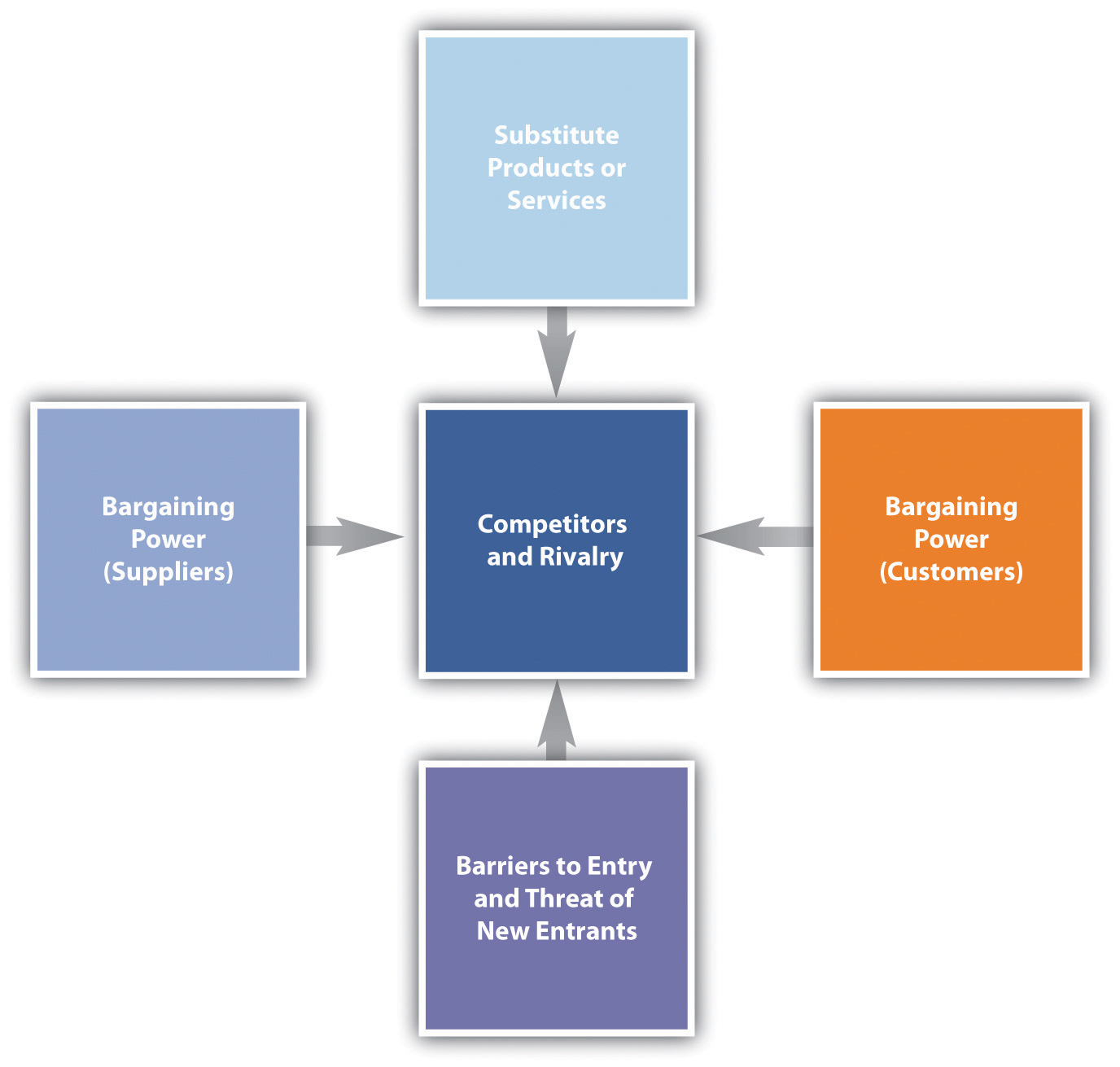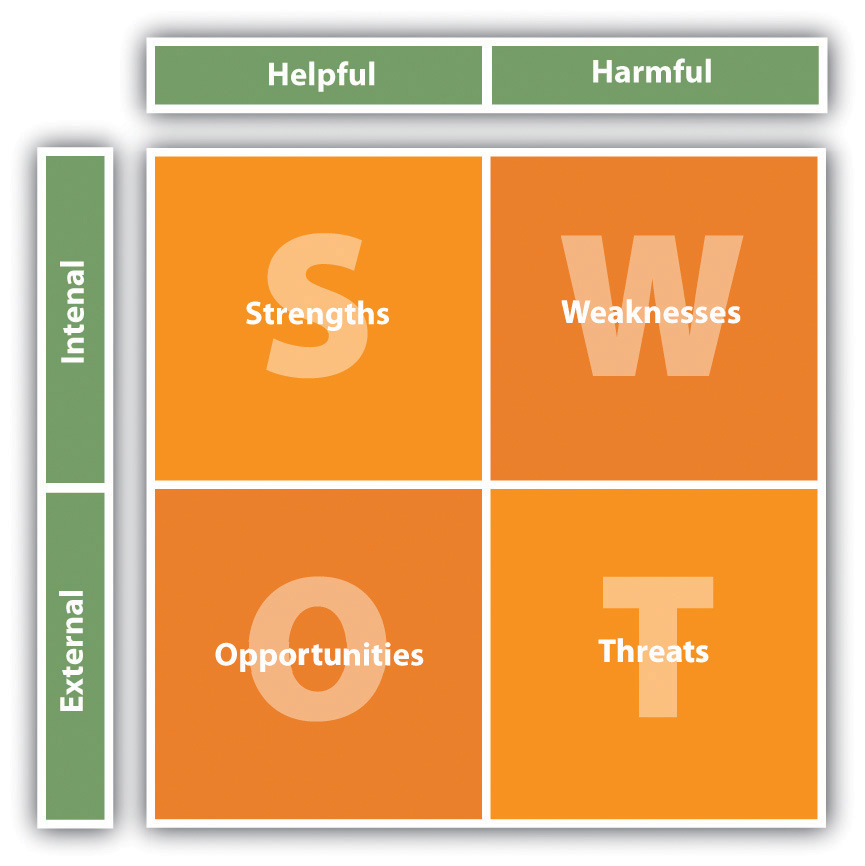Figure 19.3 Steps to Creating a Strategy

An eMarketing strategy should not be created in isolation from an offline strategy. Instead, marketers need to take a holistic view of all business objectives and marketing opportunities. Offline and online activities should complement each other, both having the potential to reach different audiences in different ways. However, the Internet is exceptionally useful as a research and information tool in the strategy process.
The starting point for any business and marketing strategy is to know who you are. “You” refers to the organization as a whole (although, of course, a little bit of self-discovery is always advised). While this can, and should, be readdressed periodically, start by looking at what the business problems are right now so that a strategy can be developed that solves these problems:
With a solid understanding of where the organization is right now, further analysis systematically evaluates the organization’s environmental and social context, objectives, and strategies so as to identify weaknesses and opportunities.
Porter’s five forces analysis is useful in understanding the attractiveness of the market in which an organization is transacting. However, this framework for analysis was developed before the Internet, which has disrupted the markets in which we operate.
Production and distribution costs in many industries have been drastically lowered; the barriers to entry and costs of switching are reduced. This means that there are more competitors in the market as the barriers to entry for new organizations are reduced and that cost is less likely to inhibit customers from switching to a competing product as there are less likely to be high costs associated with doing so. Perhaps most importantly, the bargaining power of end users is increased as they have greater access to information when making a purchase decision.
Often, the Internet migrates competition primarily to price.Michael E. Porter, “Strategy and the Internet,” Harvard Business Review 9, no. 3 (March 2001): 62–78. This means that organizations seek to attract and retain customers solely through offering services and goods at a lower price, though this is not necessarily the best strategy for companies to follow. Strategic differentiation comes from the value that a company can provide to a consumer.
Figure 19.4 Porter’s Five Forces

When analyzing competitors, it is not only product and price that lead the discovery process. While there may be obvious competitors in the same industry, an organization needs to consider what (or who) else may be vying for consumers’ attention and valuable search engine traffic.
In identifying competitors, analyze the needs of your customers and determine how else customers might fulfill those needs. Products and services are not only competing for customers’ money: they are fundamentally competing for customers’ attention.
Considering the customized Converse shoes, the customers’ needs are not likely to be that they have to cover bare feet. Instead, the shoes are fulfilling a customer’s need for individuality and self-expression. NIKEiD is an obvious competitor, but so is a service like Face Your Manga (http://www.faceyourmanga.com) that allows Web users to create custom manga avatars (or computer users’ representations of themselves, which are shown in the form of icons or 3D characters) to use online.
Marketing objectives are the desired outcomes of the marketing planA written document detailing the actions necessary to achieve marketing objectives.. What are the specific goals that will indicate the success of the marketing strategy?
These should be unique to an organization and are based around the outcomes that will make money for the organization. This is a strategy, so the focus is on long-term success. Establish milestones that will indicate that the strategy is on the path to success.
It’s time to put into practice the tactics covered in this textbook. Based on your analysis of your organization and its objectives, consider strategies and tactics that will help you to meet these objectives.
For example, an objective could be the acquisition of new customers. A tactic could be the display of advertising on content Web sites that reflect your target market. If customer retention is the objective, an e-mail newsletter strategy can help build relationships with an existing interested database of prospects.
Figure 19.5 SWOT Analysis

After generating strategies, they need to be evaluated against the needs and resources of your organization. At this stage, it can be useful to follow Humphrey’s SWOT (strengths, weaknesses, opportunities, and threats) analysis for a full analysis of the strategies generated.
For each strategy, a SWOT analysis reveals the strengths, weaknesses, opportunities, and threats afforded by a strategy (and of course can be used to evaluate the plan in its entirety).
SWOT analysis will reveal the feasibility and the attractiveness of the strategies generated. The needs of the organization include the following:
The resources of the organization include the following:
You know what you want, and you’ve made a plan for how to get it. Now do it.
What is eMarketing’s chief advantage over offline marketing? It uses hyperlinks to spread messages. This means that eMarketing can be tracked, the data can be analyzed, and this can then feed back into the planning to optimize the marketing strategy.
The Internet allows you to track each tactic on its own, and then intelligent analysis should allow you to consider how these tactics work together.
The seven steps to developing a marketing plan are as follows: